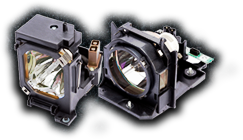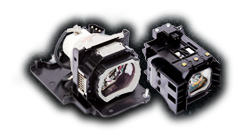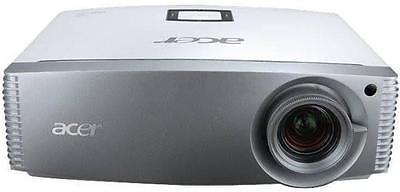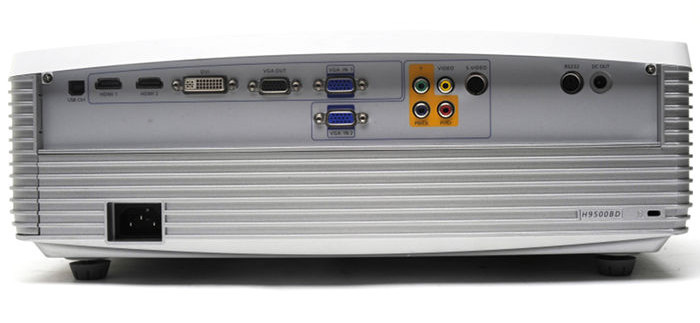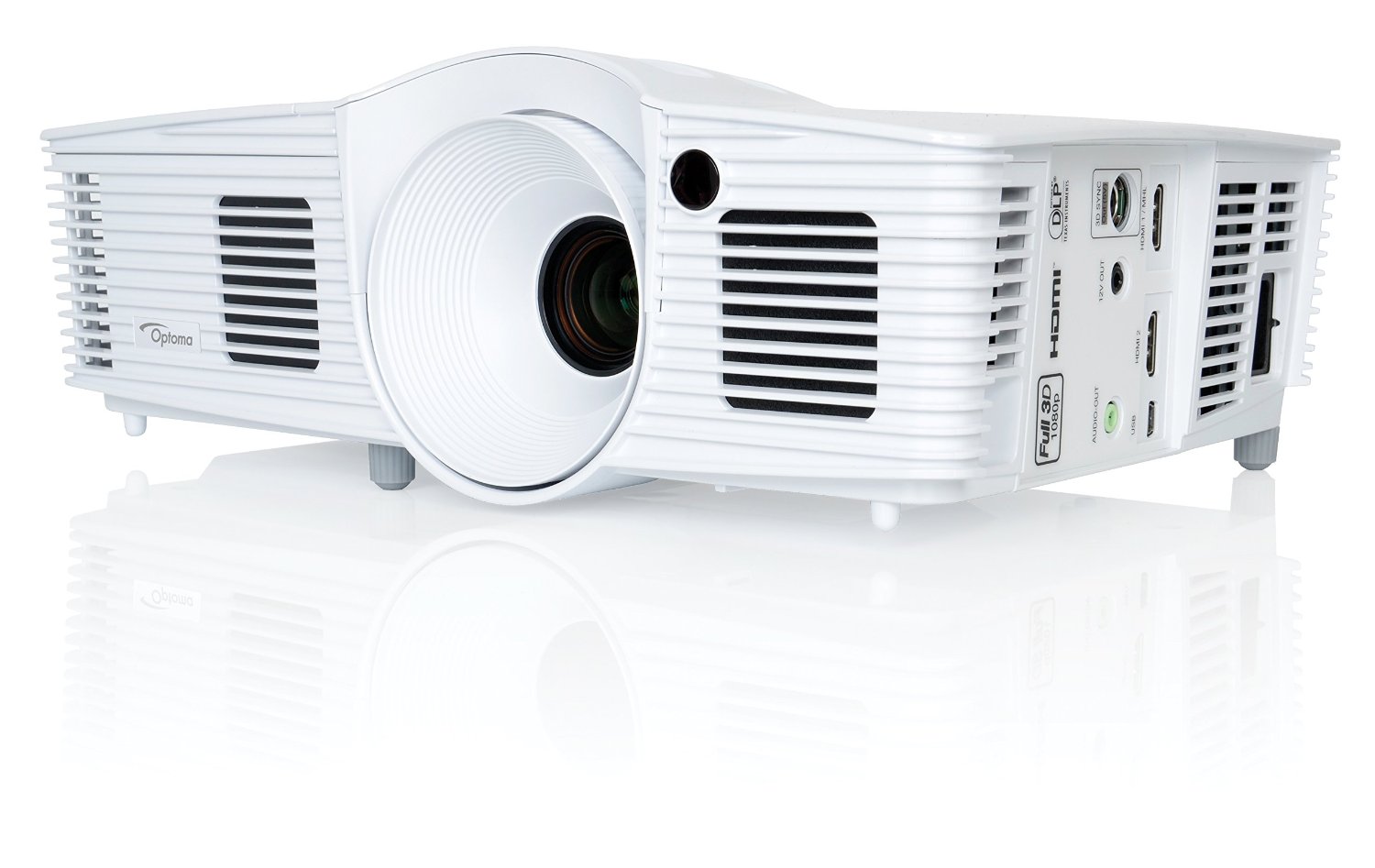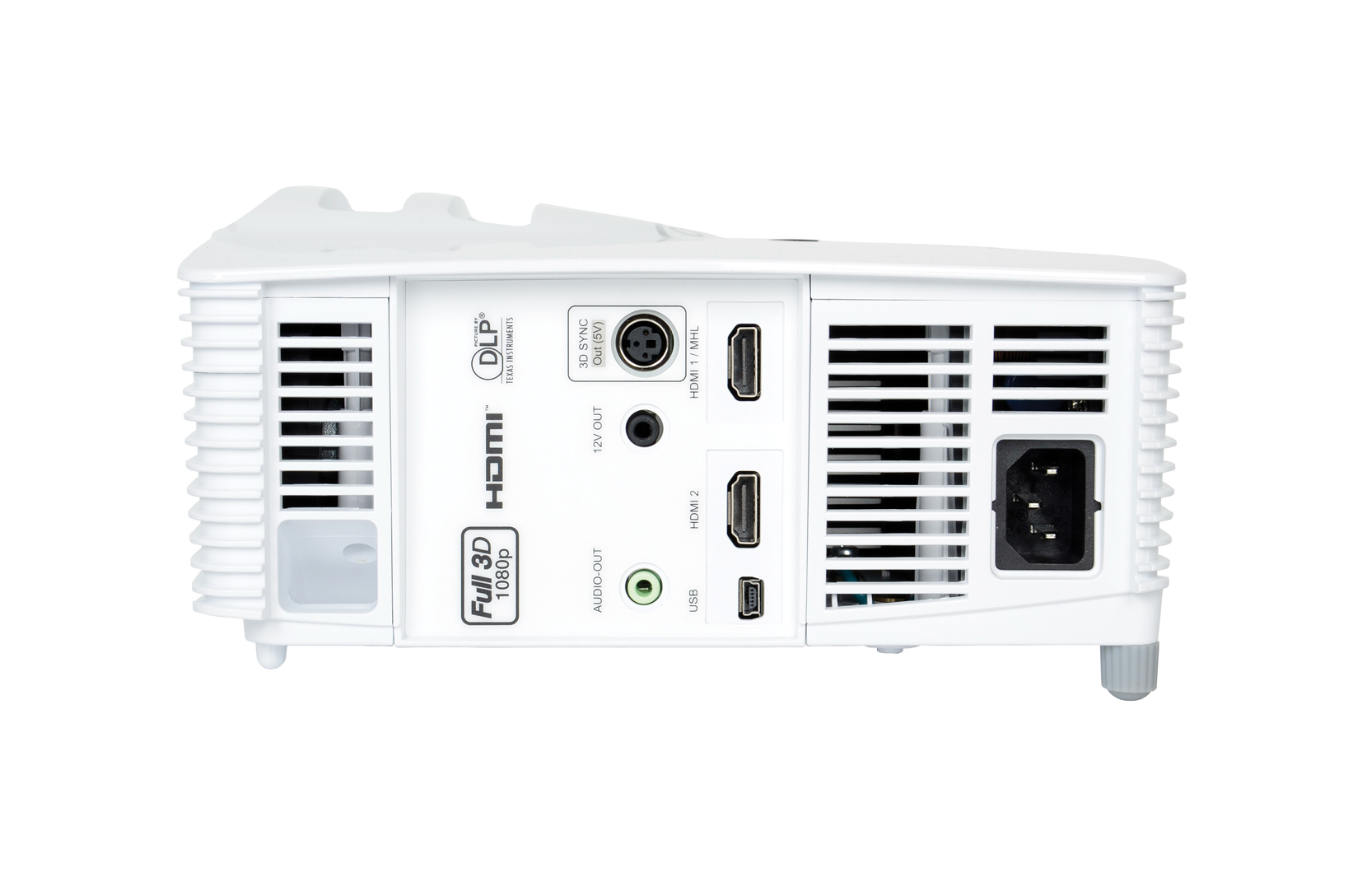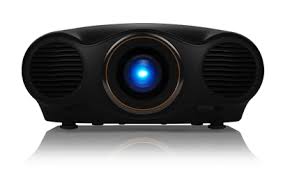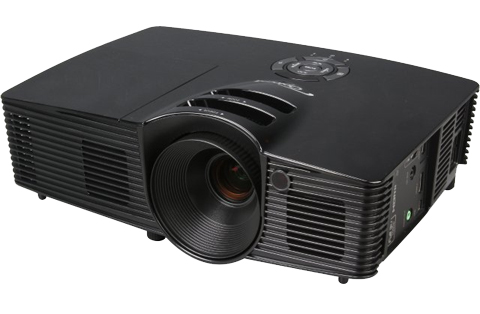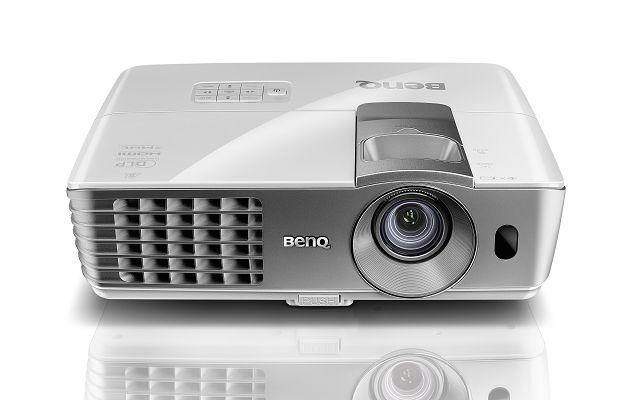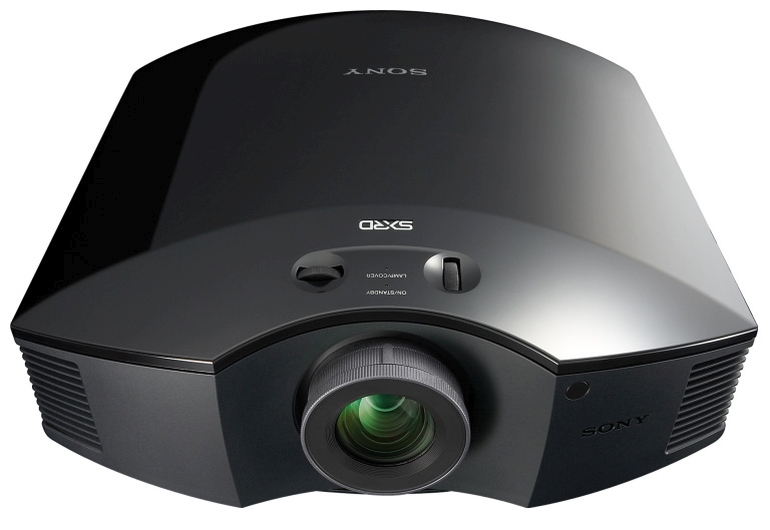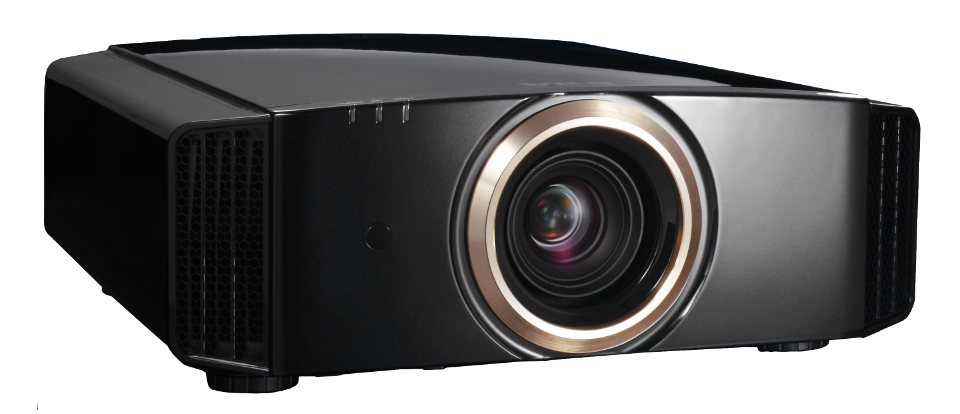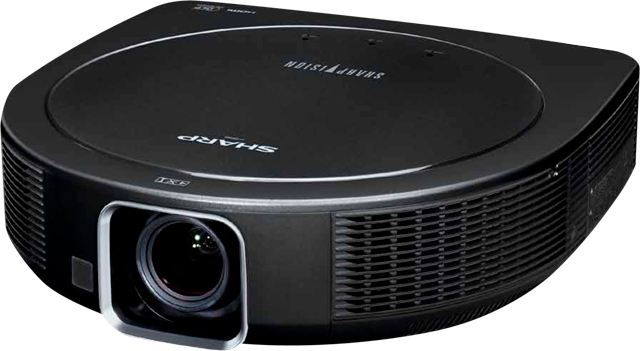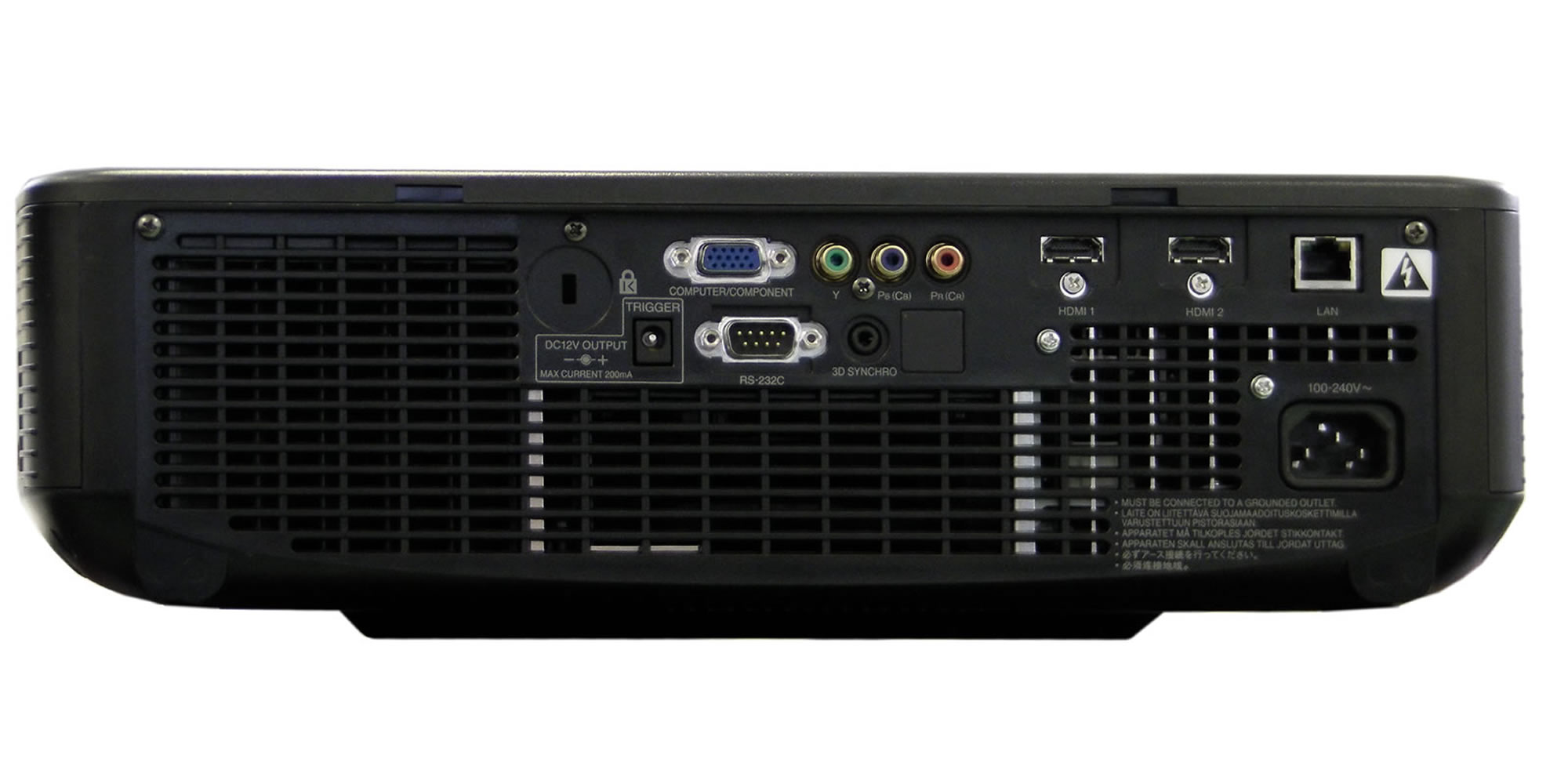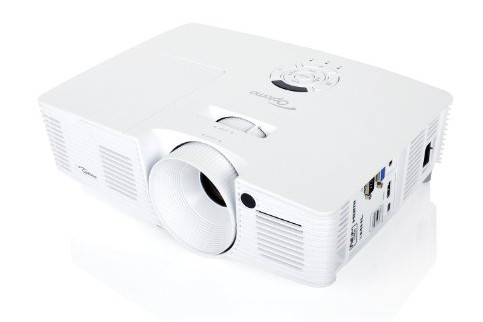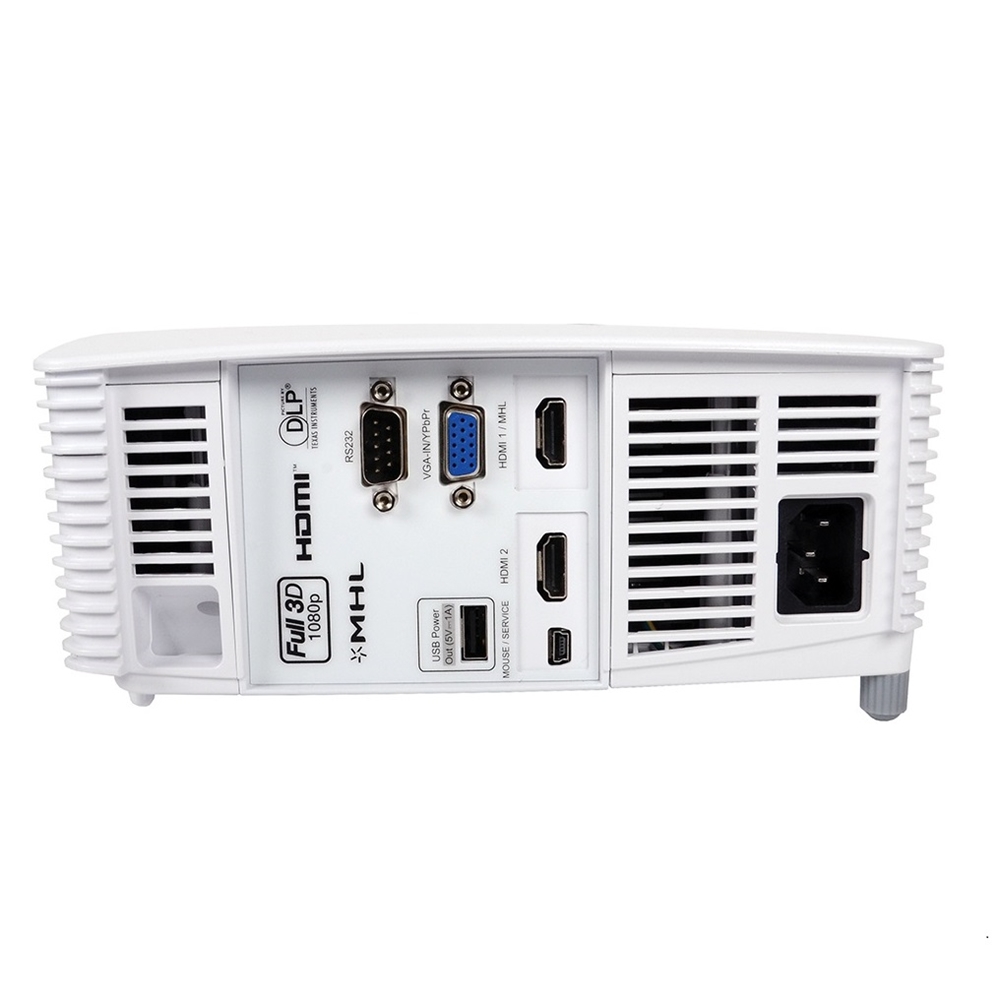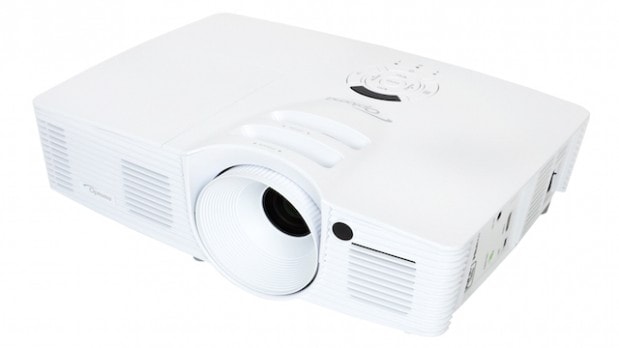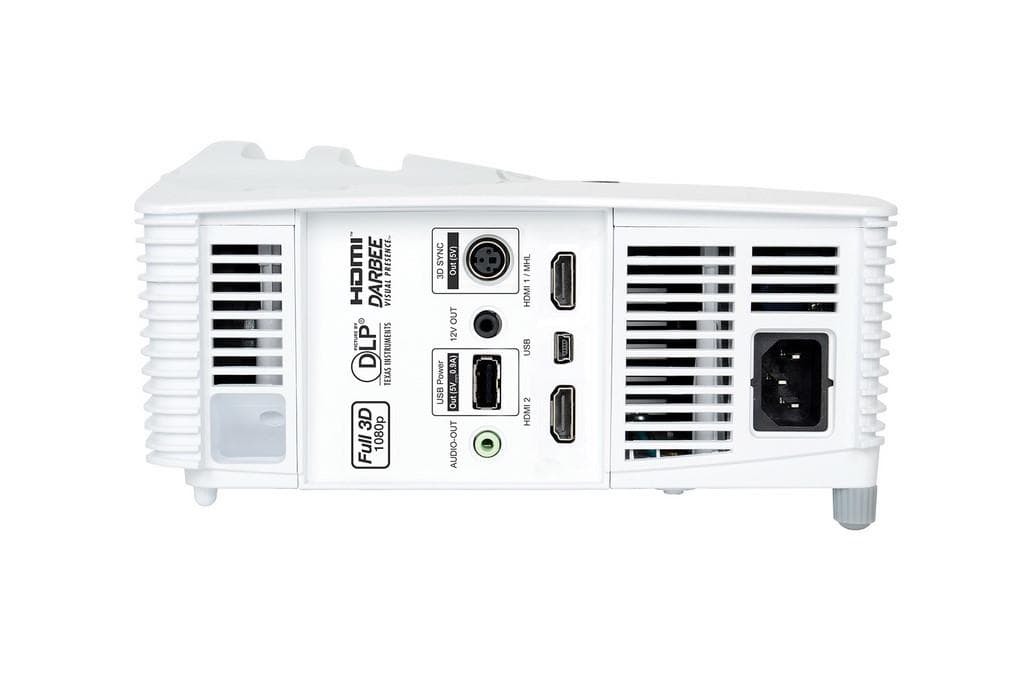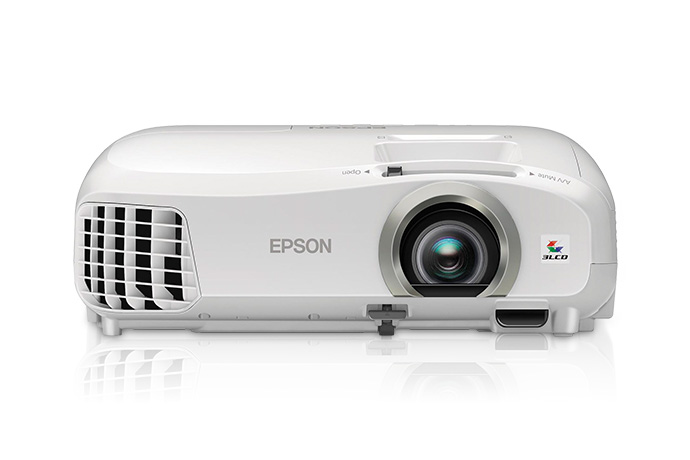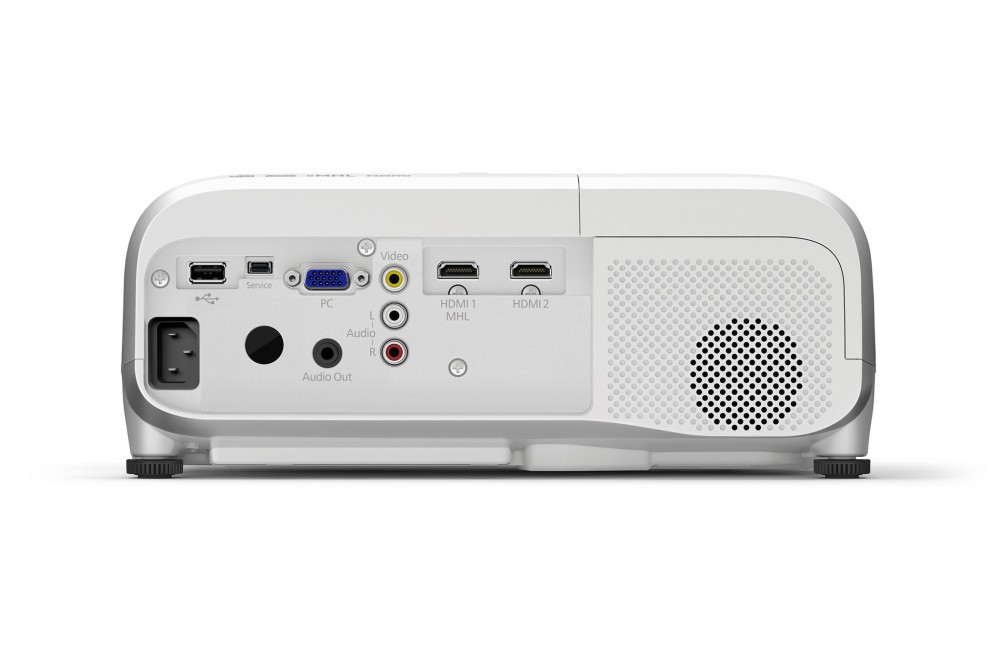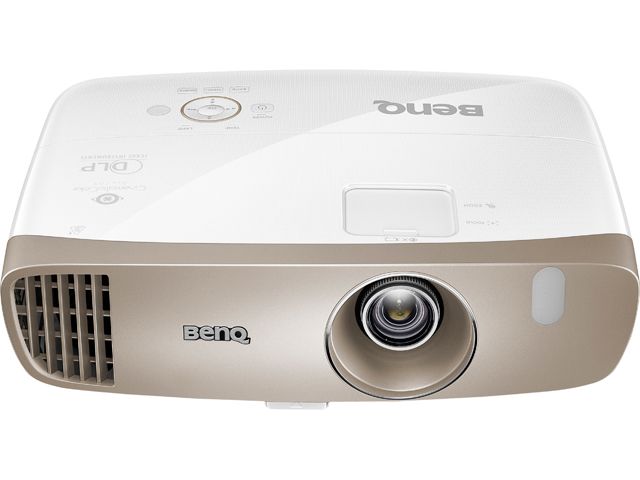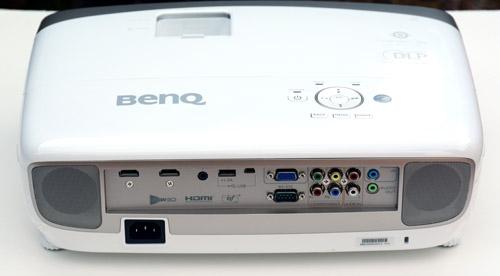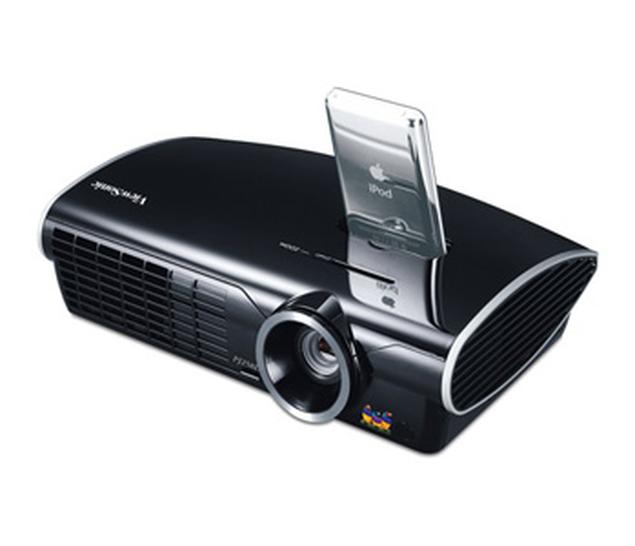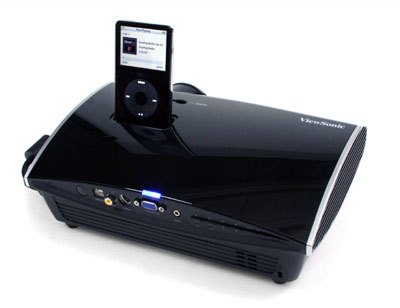Just before New Year’s, Epson released the latest in their best-selling line-up of mid-level projectors: The Epson Pro Cinema 1985. Like most Pro Cinema projectors, the 1985 carries a middle-of-the-road price point, starting right around $2,000. But this isn’t designed to be an entry-level model.
Instead, the Pro Cinema 1985 offers a number of features you won’t find in more budget-friendly projectors. First, and most important, is the Pro Cinema 1985’s lamp. The Pro Cinema delivers an ultra-bright image rated at 4,800 lumens. In other words, it’s very well-positioned for environments with high ambient light, like a sports bar, large home living room or business venue. But the 1985 is not a true cinema projector like the name suggests. For one, the 1985 isn’t equipped with 3D imaging or frame interpolation – common features in Epson’s Home Cinema line-up – and that’s why it’s much more like a high-quality business projector with above-average video.
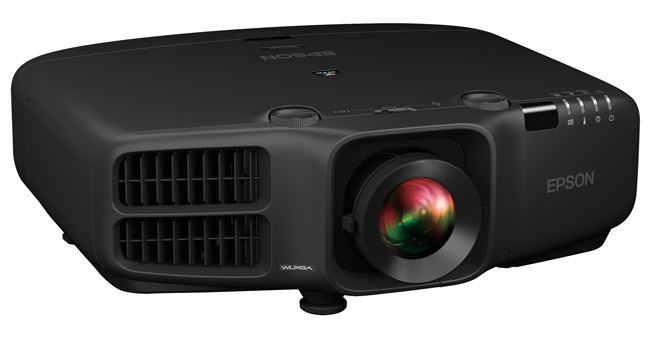
Epson Pro Cinema 1985: Best Features
- Impressive Brightness: With a rating of 4800 lumens, the Pro Cinema 1985 delivers a substantial amount of brightness. Most home theater operators wouldn’t ever need a lamp that bright, and that’s one reason it would be suited much more for commercial or high-ceilinged living room applications. In standard operating mode, the projector performs great in well-lit environments like a busy sports bar, or bright living room. And although some detail is lost due to the brightness, the video image quality is still much better than you’d find from many similarly priced commercial projectors.
- High-Resolution Imaging: The Pro Cinema 1985 has a native resolution of WUXGA or 1920×1200. Many other business and brighter units are built on top of the WXGA resolution of 1280×800 – which is about 2/3 as resolute compared to WUXGA. Therefore, the Pro Cinema 1985 achieves enhanced clarity, better video quality, and the ability to project much finer details.
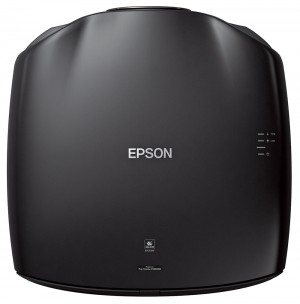
Epson Pro Cinema 1985 vs. Epson Home Cinema 5030UB
The Pro Cinema is Epson’s answer for larger spaces with greater amounts of ambient light, whereas Home Cinema projectors are better suited for darkened home theater spaces. Therefore, if you’ll be using the projector in a larger living room with many windows, the Pro Cinema model might be best. The Home Cinema wouldn’t be nearly bright enough, especially during daytime.
Plus, although they’re similarly priced, each model excels in different areas. The Home Cinema’s image is much clearer, providing loads of shadow detail and expressive black-level performance, while the Pro Cinema is much brighter. In other words, you should choose the model that best suits your home theater space. Another consideration: The Pro Cinema 1985 is equipped with many features you’ll find in true cinema projectors, and as such, it will not leave many cinephiles disappointed.
Bottom line: The Pro Cinema 1985 delivers impressive brightness and enhanced resolution for larger screens. It’s an ideal projector for large-screen home entertainment, as well as many different commercial applications, but it’s not built for high-performance home theater use.
